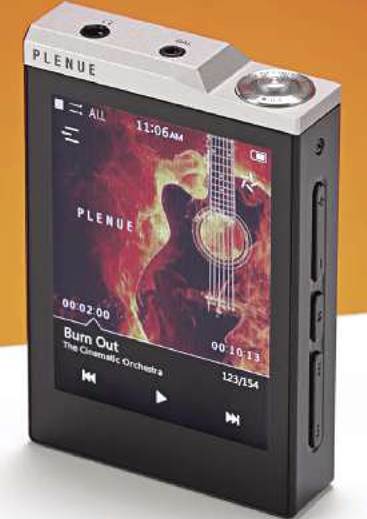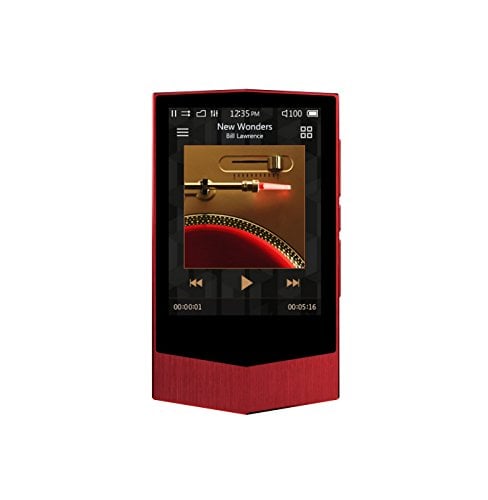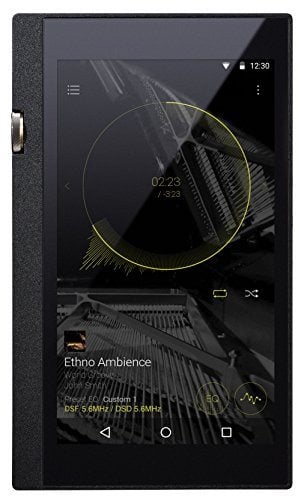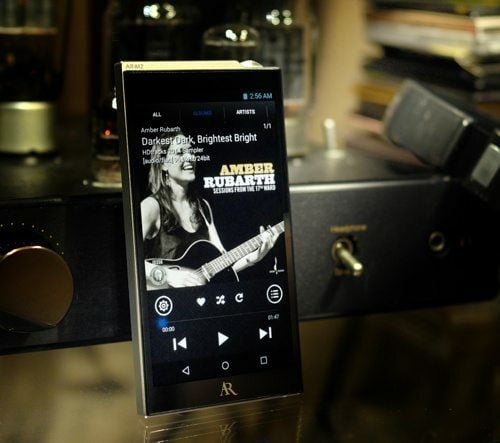Pioneer XDP-100R Review: Portable supersound
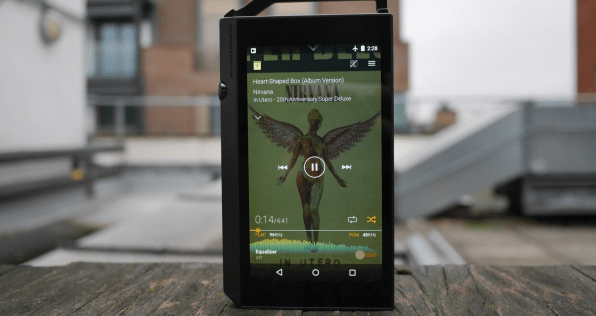
The portable player category is hotting up nicely and Pioneer has just delivered a very impressive new contender
The portable audio player market is being pushed with gusto, gripping the coat-tails of a growing interest in hi-res music, the proliferation of streaming services and our inability to put down our devices. The latest entrant to this arena is the XDP-100R from Pioneer, and it’s a bit tasty.
This portable player has a few features that suggest Pioneer has been paying attention to criticisms levelled at rivals. First up, the XDP-100R is built around the Android platform but uses the more recent (and vastly improved) Android Lollipop OS, which makes for a faster and slicker UI. This in turn is mated to a 720 x 1,280 screen that occupies pretty much the entire front panel. So while audio is still the main focus, video is more than just an afterthought.
Internally, the Pioneer wields an ESS Sabre 9018K2M DAC with a matching (and rather less commonly encountered) 9601K headphone chip. All major audio formats are supported, and there’s a promised update for hi-res upstart MQA due in early 2016 that makes the XDP-100R one of the first devices to officially support the standard (MQA will offer above-CD quality at streaming-friendly file sizes). Internal storage is a slightly stingy 32GB but thanks to two SDXC microSD slots maximum capacity is a solid 432GB.
Everything is wrapped in casework that looks as if it is made from military spares but actually feels nice in the hand.
As a final useful addition, Apt-X Bluetooth is supported.
Sonically, the Pioneer does a great deal to justify its existence. The built-in music player app is a doddle to use and sounds clean and enjoyable. The player comes with Tidal, Spotify and Qobuz installed and while these can’t use the in-built EQ system, they do a more than reasonable job with the added bonus of extremely easy music management.
Hi-res and DSD material shows the Pioneer’s strong side. There’s a wonderfully natural and smooth-presentation that springs good detail and impressive bass extension from your digital library. Yet one downside is that compared to something like the Sony NW-ZX2, the Pioneer doesn’t feel as effortlessly powerful. It has an excellent 160-step volume control but even with sensitive earphones at least 100 of them are pretty inaudible.
Performance with video is a cut above rivals and competitive with a similarly-sized mobile phone. My Ultraviolet rip of Fast & Furious 7 was colourful and free from blurring, and the decoding horsepower of the XDP-100R means the movie’s soundtrack feels bigger and more composed than would be the case on a smartphone.
The Pioneer is also more than up to the task of iPlayer and similar on-demand apps (there’s access to Google’s Play Store) and serves to both sound better and save the battery on your smartphone at the same time. And it is as a means of letting your phone just be a phone where this gadget really scores. The XDP-100R delivers excellent sonics – as you might expect given the asking price – but more than that, it does so with a clean, modern interface, natty build and decent screen. I found myself using it to take some of the strain off my smartphone as a mobile video and app platform as well as a hi-res audio companion. Nice work Pioneer.
Specifications
MEMORY: 32GB expandable to 432GB via microSD slots
SCREEN SIZE/RESOLUTION: 4.7in, 720 x 1,280AUDIO FORMATS: DSD; DSF; DSD-IFF; FLAC; ALAC; WAV; AIFF; Ogg-Vorbis; MP3; AAC; MQA (by forthcoming update)VIDEO FORMATS: H.263; H.264 AVC; H.265 HEVC; MPEG-4; VP9
CONNECTIONS: microUSB input; 3.5mm jack connection; 2 x microSD slots
DIMENSIONS: 145.9(h) x 75.9(w) x 13.9(d)mm (including removable protective bumper)WEIGHT: 203g (including bumper)
ADDITIONAL FEATURES: Google Play Store access; USB digital output; adjustable multiband EQ; built-in speaker; ESS Sabre DAC (ES9018K2M); ESS Sabre headphone amplifier (9601K); low/normal/high gain; Android Lollipop OS; quad core APU; 16-hour battery life (claimed); aptX Bluetooth; Wi-Fi


